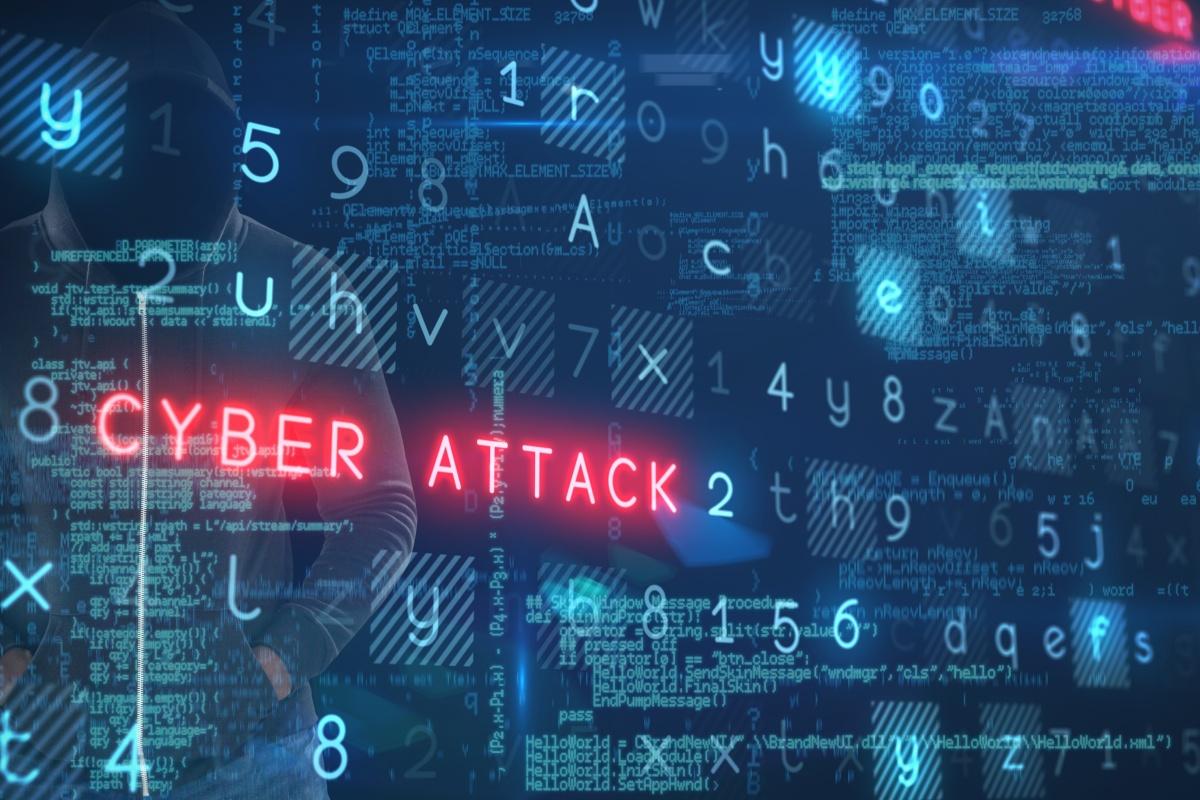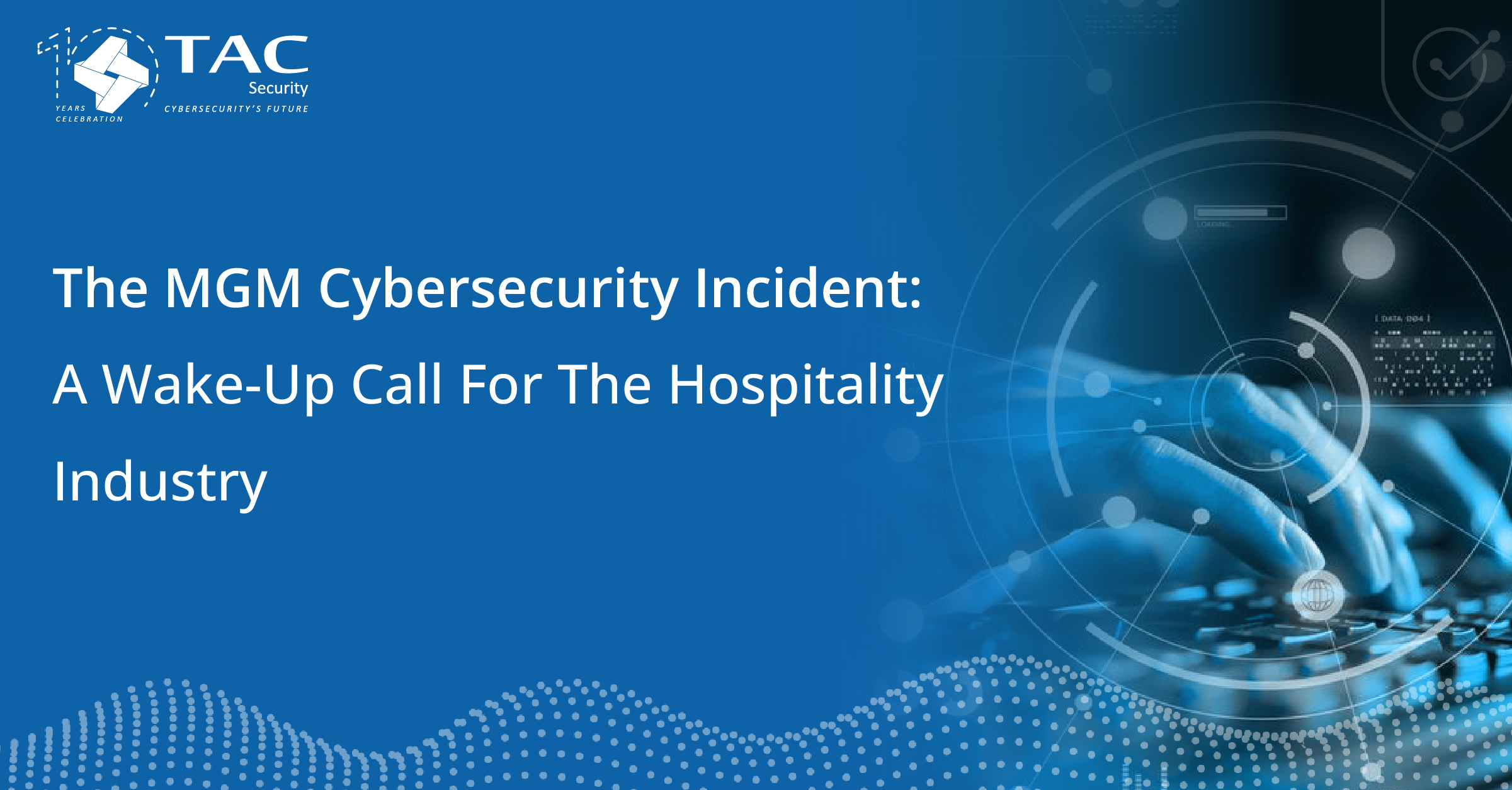Cyberattack Impact and Analysis

Cdk cyberattack update – The CDK cyberattack, which targeted critical infrastructure and government agencies worldwide, has had a profound impact on various industries and organizations. This attack has highlighted the vulnerabilities in our digital infrastructure and the need for robust cybersecurity measures.
Vulnerabilities Exploited
The CDK attack exploited several vulnerabilities, including:
- Unpatched software and operating systems
- Weak passwords and authentication mechanisms
- Lack of network segmentation and access controls
- Social engineering techniques to trick users into revealing sensitive information
These vulnerabilities allowed attackers to gain access to sensitive systems, steal data, and disrupt operations.
Consequences of the Attack
The consequences of the CDK cyberattack have been far-reaching, including:
- Financial losses due to data breaches and business disruptions
- Reputational damage and loss of customer trust
- Increased regulatory scrutiny and compliance costs
- Erosion of public confidence in digital infrastructure
Lessons Learned, Cdk cyberattack update
The CDK cyberattack has taught us several important lessons:
- The importance of keeping software and operating systems up to date
- The need for strong authentication mechanisms and access controls
- The value of network segmentation and isolation
- The importance of cybersecurity awareness and training
- The need for collaboration and information sharing among organizations and governments
By learning from these lessons, we can better protect ourselves against future cyberattacks and ensure the resilience of our digital infrastructure.
Mitigation and Recovery Strategies: Cdk Cyberattack Update

CDK swiftly implemented a comprehensive response plan to mitigate the impact of the cyberattack and expedite recovery.
Immediate Actions
- Isolated affected systems to prevent further compromise.
- Activated incident response protocols and assembled a team of cybersecurity experts.
- Notified law enforcement and regulatory authorities.
Recovery Process
The recovery process focused on data restoration, system repair, and customer support.
- Data Restoration: CDK utilized backups and disaster recovery plans to restore critical data and minimize data loss.
- System Repair: Cybersecurity experts worked diligently to repair compromised systems and implement additional security measures.
- Customer Support: CDK provided regular updates to customers, addressed concerns, and assisted with any business disruptions.
Incident Response and Recovery Strategies
CDK’s experience highlights the importance of robust incident response plans and recovery strategies.
- Develop and regularly test incident response plans.
- Implement strong cybersecurity measures to prevent and mitigate attacks.
- Establish clear communication protocols for internal and external stakeholders.
- Consider insurance coverage for cyberattacks to offset financial losses.
- Conduct regular cybersecurity audits and training to stay abreast of emerging threats.
Industry Response and Collaboration

In the aftermath of the CDK cyberattack, a collaborative effort emerged between CDK, law enforcement agencies, and cybersecurity experts. This collaboration was crucial in mitigating the impact of the attack and preventing further damage.
Role of Industry Associations and Government Agencies
Industry associations and government agencies played a vital role in coordinating response efforts. These organizations provided guidance and support to affected businesses, facilitated information sharing, and coordinated investigations with law enforcement.
- The National Automobile Dealers Association (NADA) provided resources and guidance to its members on how to respond to the attack and protect their systems from future attacks.
- The Cybersecurity and Infrastructure Security Agency (CISA) issued a series of alerts and advisories to warn businesses about the attack and provide recommendations for mitigation.
Importance of Information Sharing and Cross-Sector Collaboration
Information sharing and cross-sector collaboration were essential in preventing future attacks. By sharing information about the attack, affected businesses and cybersecurity experts were able to identify vulnerabilities and develop mitigation strategies. This collaboration helped to strengthen the overall security posture of the automotive industry.
- CDK established a dedicated website to share information about the attack and provide updates on the investigation.
- Cybersecurity experts from across the industry volunteered their time to assist affected businesses with incident response and recovery efforts.